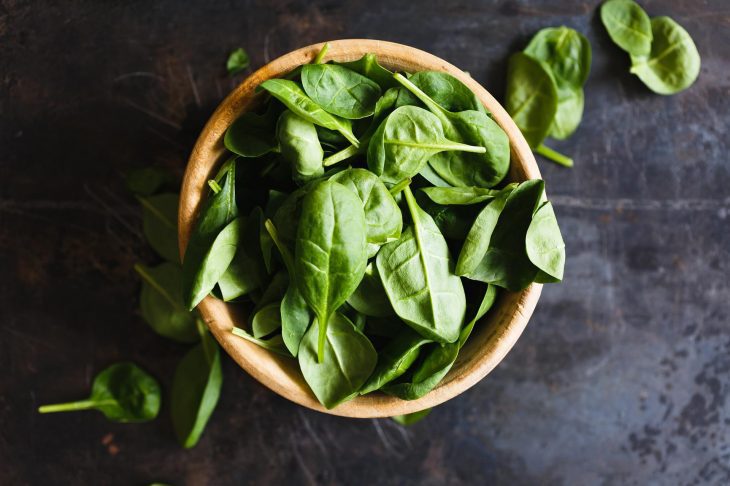Hydroponic basil for Beginners with videos

Growing hydroponic basil on your kitchen countertop has many advantages over growing outdoors. It’s easier to control the environment, and you can harvest fresh herbs whenever you need them. Plus, you get to see how the basil is growing each day!
If you’re interested in growing herbs indoors, then you should start with basil. This herb is one of the easiest to grow because its very easy to clone or start from seeds and also very forgiving.
When talking about basil, most people are referring to sweet basil or Genovese basil – the basil you can commonly find on your pizza or pasta. However, there are over 50 species grown in different parts of the World.
How grow basil hydroponically from seeds
Tikki O. shows how easy is to grow 5 main varieties of basil using the Kratky hydroponic method. She starts greek, genovese, lemon, opal and thai basil from seeds using cotton balls as a growing medium. Staring seeds on cotton balls is very easy, but if you want there are more Hydroponic seed germination techniques that you can use.
Starting day 8, Tikki is adding some aerogarden nutrients to the seedling and staring day 14 she is moving the plants to a Kratky hydroponic setup made from coffee jars covered in aluminum foil. After 31 days under an led light for 16 hours a day, plants are ready to prune and to use.
Hydroponic basil start from cuttings
Starting basil from seeds is great, but having so many basil varieties available, you don’t really know how the plant will taste and look for real and it takes longer. So why not starting from a cutting? This way you know for sure how the plant will taste, is faster and basil is very easy to clone: just put the cutting in water and it will develop roots shortly.
Khang Starr says “When ordering Pho noodle soup at any Vietnamese restaurant, you’ll get a dish of sprouts and basil. The basil is really fresh and you can use the remaining stems for cloning or propagating into a new plant. It’s a cheap method to get free basil.”
He is using a plastic tray, a Rock wool cube and some rooting hormone (although this is not really needed). A ziplock bag is useful to preserve humidity if you are living in a very dry area. Of course, you can go even simpler than that: you can just drop the basil in a cup of water and stick it in a window. Should have roots in about 7-10 days and well established root system in about 14 days.
Jeb Gardener makes a hilarious video on his hydroponic basil growing process:
Hydroponic basil care
It seems that the most common medium for hydroponic basil is Rockwool blocks. However, you can use coco coir, perlite, vermiculite, or even sponges. The basil needs an EC: 1.6–2.2 and pH range: 5.6–6.6 and if you are into making your own hydroponic solution here are some basic specs: 1 gallon water, 2 grams MasterBlend Tomato 4-18-38, 2 grams Calcium Nitrate 15.5-0-0, 1 gram Epsom Salt (Magnesium Sulfate).
Basil is a warm season crop so you should keep it above 21 Celsius and provide plenty of light: 6-8 hours of Sun if you are growing outside and 12-16 hours under led lightning.
Pests and diseases are common: Gray mold, Downy mildew, root rot, aphids, white flies, etc, so growing basil in an indoor hydroponic system makes things easier.
Epic Gardening goes through some basil basic information: varieties and Care, example of Pruning Regrowth, close-Up of Pruning, cutting for propagation, pruning flowers, pests and diseases and inter-planting basil.
Hydroponic basil pruning
One of the most important maintenance operations for basil is pruning. Basil absolutely loves aggressive pruning, so with a few clever techniques it’s simple to create basil that is bushy, productive, and delicious as Khang Starr explains:
Storing and using basil
Now that you have all this basil, what can you do with it? You can use it on your pizza fresh, make a pesto or store it for the long term.
Making pesto with your hydroponic basil
Vincenzo’s Plate shows us how to make the real Italian pesto like in the in the region of Liguria in Italy. The steps to make pesto like a real Italian are:
- cut the basil, including branches (this will actually help the plant grow bigger
- wash the basil in cold water then dry it with paper towels
- have ready some parmigiano reggiano, one garlic clove, salt, extra virgin olive oil and pine nuts
- blend the extra virgin olive oil with the garlic and then add the pine nuts
- blend for 30 seconds with the basil and parmigiano
You’re done! It takes about 2 minutes!
What if you have enough pesto and you want to store the basil longer?
Drying or freezing basil for long term storage
DirtFarmerJay shows us how to dry the basil: after he has the basil cuts washed, he pinches only the leaves. Placing them on a tray in the oven for about 1 hour and 45 min will do the job. Check on the trays from time to time and move the leaves to have them all dried. Once they are all dried, you can crush them with your hands then store the basil dust in jars.
If you want to have non dried basil, you can freeze it as The Fun Fab Life shows us. After cutting washing and drying the basil, she is using the food processor and olive oil to make a basil pasta that can be easily be frozen.








Leave a Reply